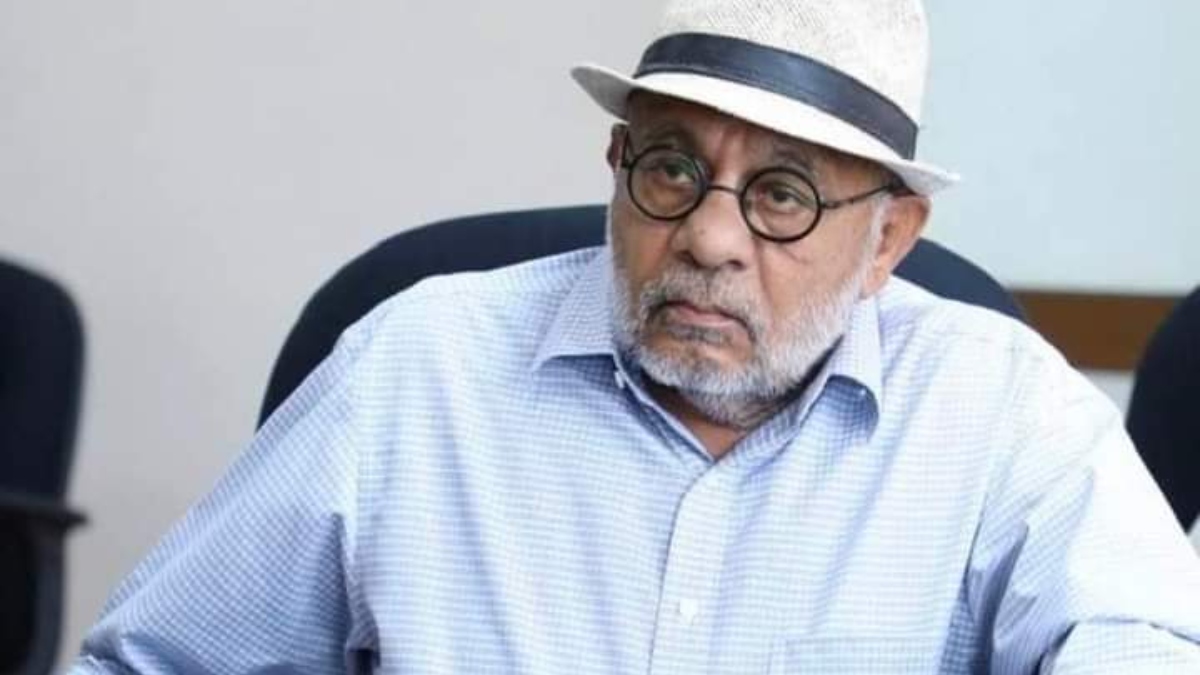by Tathagata Roy is an evocative and insightful memoir that delves deep into the author’s life and political career. Roy masterfully intertwines personal anecdotes with political commentary, offering a compelling blend of reminiscence and socio-political analysis through time and space. The book is divided into three parts: the first chronicles Roy’s childhood, education and marriage up to the 1990s; the second covers his political journey from 1990 to 2020; and the third provides a reflective analysis of the recent political landscape.
One of the most enchanting aspects of Roy’s memoir is its ability to transport readers back to the quintessential Bengali way of life. “I needed to have a daak name, the name by which everyone would call me, and I was called Gora, either because I was relatively light-skinned for a Bengali or after the lead figure in Tagore’s novel of that name,” he mentions. In the opening chapters, Roy uses lucid and relatable language to depict the cultural and socio-economic landscape of Calcutta from the 1950s to the 1970s.

He paints a vivid picture of a city transitioning from its colonial past to post-independence India. The lingering British influence in business houses and stores reflects the complex cultural and economic legacy left behind. From Usha Uthup’s gigs at Trincas in her typical South Indian saris to the detailed depiction of Calcutta’s cosmopolitan nature—with its distinct segments such as British, Muslim, Bengali Hindu, Anglo-Indian, and Hindi-speaking Hindu areas—this nostalgic vision is likely to resonate deeply with readers who can relate to this era.
Roy’s reminiscences of his childhood in Shillong are equally captivating. During his tenure as the Governor of Meghalaya (2018-2020), he was filled with a sense of nostalgia as he returned to Shillong. He fondly recalled playing football near the Pasteur Institute and enjoying the picturesque nightscapes.
However, the Shillong he found had changed significantly, with air conditioners now a necessity and the charming gabled houses replaced by flat-roofed concrete buildings. Despite these changes, the Raj Bhavan, surrounded by temperate-zone fruit trees and flowering plants, provided a comforting link to the past. What sets this memoir apart is Roy’s casual observation of Bengali society, which reveals multiple layers of economic and gendered nuances still prevalent today.
For instance, when speaking about his college days, Roy points out, “In our days, there was no career counselling in India for boys or girls leaving school—actually, I don’t think there is one even now. So, boys would typically opt for professional courses that, in the eyes of their guardians, would secure them a good job. Girls, on the other hand, typically enrolled in conventional courses, often in the arts or humanities stream, that would make them suitable for the marriage market.
” In the chapters covering the 1980s and 1990s, Roy presents a critical view of the political landscape. He reflects on the normalisation of corruption and criticises the Congress party’s dynastic politics and appeasement policies. Roy’s disillusionment with these policies led to his alignment with the BJP, attracted by the integrity and principles of leaders like Atal Bihari Vajpayee and Lal Krishna Advani.
His account of the BJP’s rise, internal dynamics and the broader national scene provides valuable insights into the political shifts of the time. The latter part reflects on the politically tumultuous years marked by the Covid-19 pandemic and significant setbacks for the BJP in West Bengal. Roy provides a critical analysis of the BJP’s missteps during the 2021 state elections, which led to the incumbent TMC winning the majority yet again.
Roy highlights the disconnect with the local populace and the sidelining of dedicated party members, which led to the BJP’s loss. But, Roy remains hopeful about the future, emphasising the need for ideological training and strategic planning to rejuvenate the party’s prospects in West Bengal. Desires, Dreams, and Powers is a light read and particularly relatable to people from this region.
Despite Roy’s political opinions, which may not be widely accepted by audiences with different ideologies, this memoir is a testament to his dramatic and tumultuous life, documenting a journey worth sharing..



















